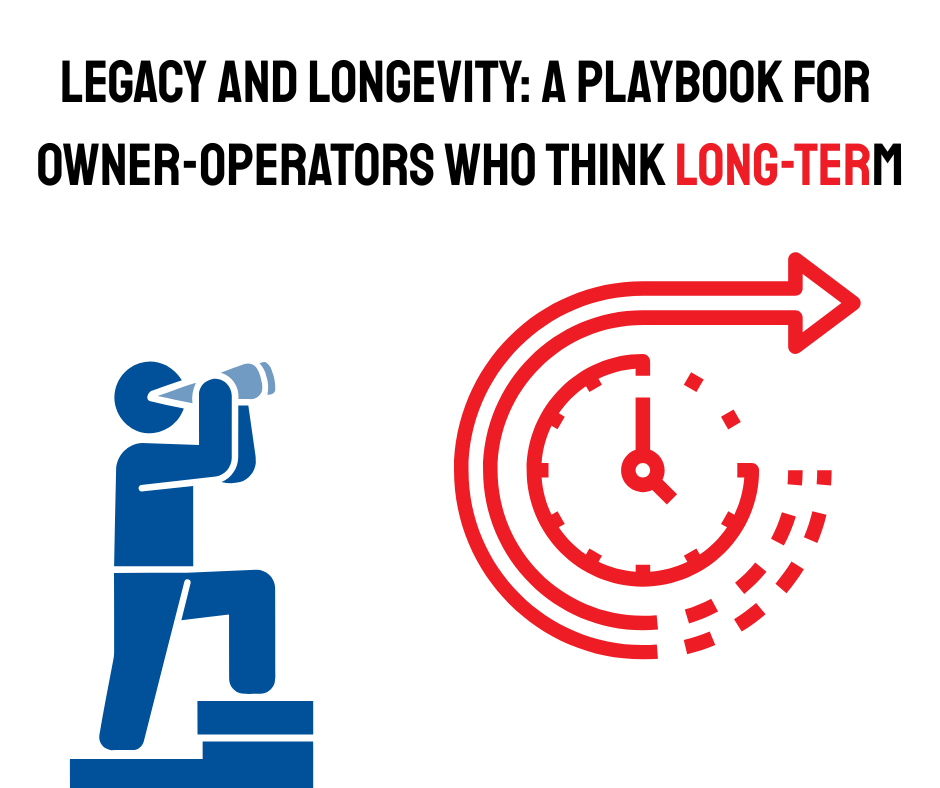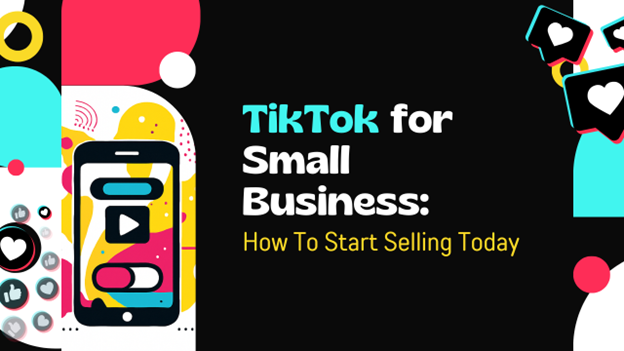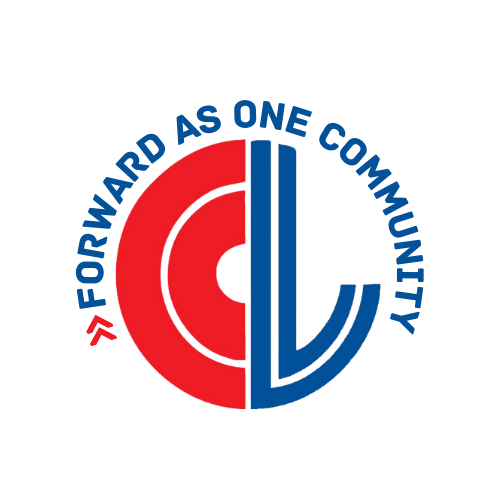Are You Asking the Right Questions for Business Growth?
Growth isn't a passive process; it doesn’t just happen. Unfortunately, you don’t open a business and sit back and wait for it to grow. Businesses rarely go viral overnight and planning on doing so is like funding your retirement by playing the lottery every week.
Business growth is a dynamic journey fueled by strategic thinking and insightful questions that help you see things in new ways. As a business owner, you're constantly navigating challenges and opportunities, not to mention the competition.
But are you asking the right questions to propel your business to the next level?
Simply working hard isn't enough. We need to work smarter, and that starts with asking the questions that reveal hidden potential and drive meaningful change to attain growth.
Internal Questions for Operational Excellence
Every successful business rests on a solid foundation. Let's start by looking inward. Are your internal operations optimized for growth?
Consider these questions:
- Are our current workflows efficient, or are there bottlenecks? Take a critical look at your processes. Are there redundant steps or outdated systems that could be streamlined?
- Are we maximizing our existing resources? This includes your team, technology, and financial assets. Are you leveraging them to their full potential? A lot has changed over the past few years. It may be time to audition new tech and assess the skills gap that may exist in your business.
- Is our team engaged and aligned with our goals? A motivated team is a powerful engine for growth. Are you providing them with the support and resources they need to succeed? Are they fulfilled in their position? A disengaged employee can do a lot of damage to a business and its service reputation.
Actionable Step: Conduct a brief internal audit. Map out your key processes and identify areas for improvement. Schedule a team meeting to gather feedback and brainstorm solutions.
External Questions for Market Understanding
Understanding your market is crucial for sustained growth. Sometimes markets change or new ones open up.
Ask yourself:
- Who is our ideal customer, and what are their evolving needs? Customer preferences change. Are you staying ahead of the curve? For instance, if you were a business that served authors, with the recent growth in AI, how did that impact them and what they need from you? If you haven’t answered that question in five years, you’re likely behind your competition. Speaking of…
- What are our competitors doing, and how can we differentiate ourselves? Analyze your competition to identify opportunities to stand out. Again, give them a fresh look. They may be doing new things you weren’t aware of. Additionally, sometimes your competition is not doing anything. If your ideal customer isn’t choosing you, are they choosing your competition or doing nothing? Why?
- How can we enhance our customer experience to build loyalty and drive referrals? Exceptional customer service is a powerful differentiator. Don’t assume your service is excellent just because you don’t hear complaints. If they’re not talking about you, you’re average.
Actionable Step: Conduct a customer survey or analyze your customer feedback data. Research your competitors' online presence and marketing strategies.
Strategic Questions for Future Growth
Looking ahead is essential for long-term success. Consider these strategic questions:
- What are our long-term goals, and how can we achieve them? Develop a clear roadmap for the future.
- What new opportunities can we explore to expand our market reach? Consider new products, services, or markets.
- How can we innovate and adapt to changing market conditions? Agility is key to staying competitive.
Actionable Step: Schedule a strategic planning session with your team. Brainstorm new ideas and develop a plan to implement them.
The Power of "Why?"
No, this time we’re not talking about YOUR why. Instead, channel your inner four-year-old and don't be content to stop at the surface. Dig deeper by asking "Why?" multiple times. This technique can help you uncover the root cause of problems and identify hidden opportunities. For example, instead of just asking "Why are sales down?" look at the larger picture and ask "Why are sales down? Why are customer leads down? Why is our marketing not generating enough leads?"
Use the word “why” and “and” with each question you answer. Your learning and understanding will improve.
Your Chamber is Your Partner in Growth
Asking the right questions is just the beginning. Your chamber of commerce is here to support you on your growth journey.
The chamber offers a range of resources to help you grow including:
- Networking events to connect with other business leaders
- Educational workshops and seminars to enhance your skills
- Access to valuable market data and industry insights
- Business counseling and mentorship
Growth is a continuous process of learning, adapting, and innovating. By asking the right questions and leveraging the resources available to you, you can unlock your business's full potential. Then reach out to your chamber of commerce to explore how it can help you take your business to the next level.
---------------
Christina Metcalf is a writer and women’s speaker who believes in the power of story. She works with small businesses, chambers of commerce, and business professionals who want to make an impression and grow a loyal customer/member base. She is the author of The Glinda Principle, rediscovering the magic within.
_______________________________________
Medium: @christinametcalf
Facebook: @tellyourstorygetemtalking
Instagram: @christinametcalfauthor
LinkedIn: @christinagsmith




